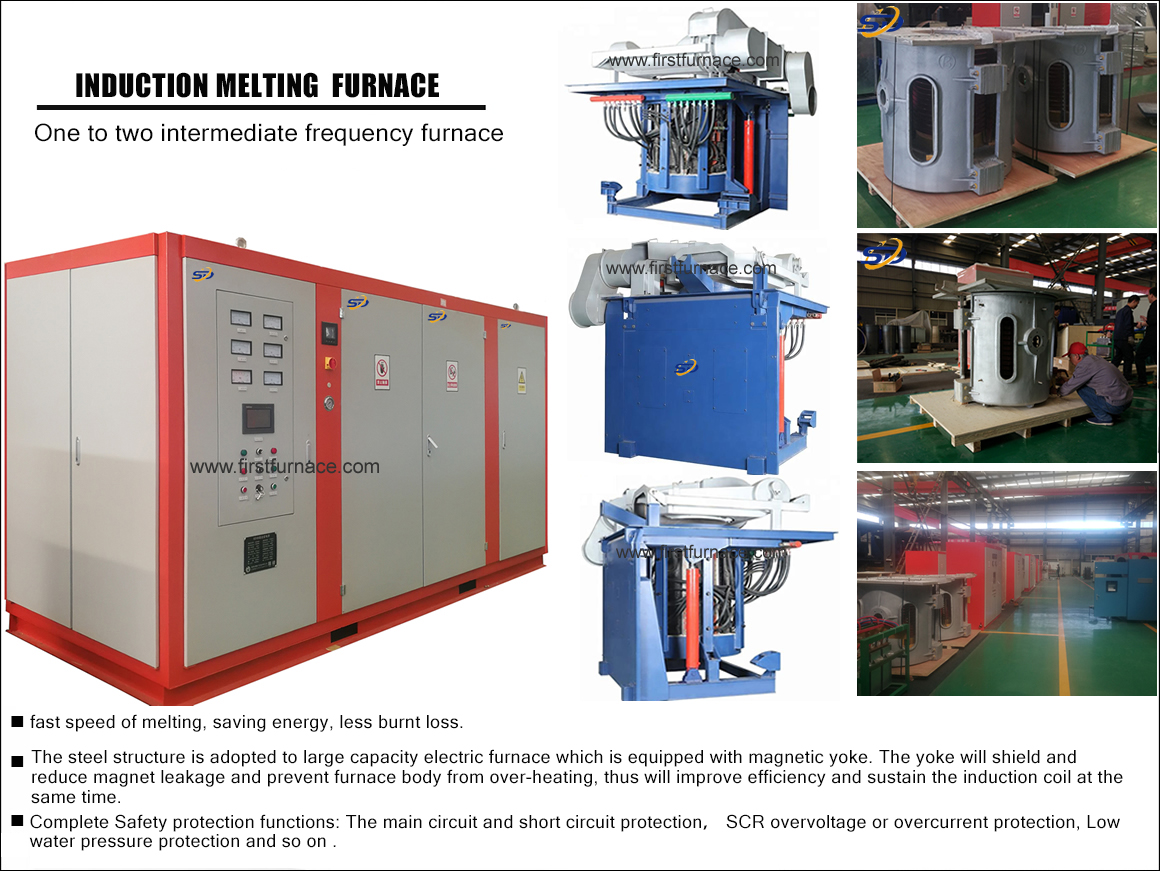Sales hot line ( 24 hours service): 18037961302
E-Mail: firstfurnace@gmail.com
whatsapp:+8618037961302
Adress: Luoxin Industrial Park, Luoyang, HenanLarge diameter steel pipe quen
Piston rod quenching and tempe
Grinding rod quenching and tem
High frequency induction heate
Quenching equipment for machin
Round steel end heating furnac
Steel pipe heat treatment prod
Square steel quenching and tem
Sucker rod quenching and tempe
Thickened petroleum steel pipe
Round steel quenching and temp
Steel pipe quenching and tempe
Steel plate quenching and temp
Induction Hardening Machine&nb
Flywheel ring gear high freque
An induction furnace is an electrical furnace in which the heat is applied by induction heating of metal. Induction furnace capacities range from less than one kilogram to one hundred tonnes, and are used to melt iron and steel, copper, aluminium, and precious metals. You can refer to: induction furnace Wikipedia
the advantage of the induction furnace is a clean, energy-efficient and well-controllable melting process compared to most other means of metal melting.
Most modern foundries use this type of furnace, and now also more iron foundries are replacing cupolas with induction furnaces to melt cast iron, as the former emit lots of dust and other pollutants.
Since no arc or combustion is used, the temperature of the material is no higher than required to melt it; this can prevent loss of valuable alloying elements.
The one major drawback to induction furnace usage in a foundry is the lack of refining capacity; charge materials must be clean of oxidation products and of a known composition and some alloying elements may be lost due to oxidation (and must be re-added to the melt).
in the coreless type,metal is placed in a crucible surrounded by a water-cooled alternating current solenoid coil. A channel-type induction furnace has a loop of molten metal, which forms a single-turn secondary winding through an iron core.
Operation:refer to youtube
1 - Melt
2 - water-cooled coil
3 - yokes
4 - crucible

An induction furnace consists of a nonconductive crucible holding the charge of metal to be melted, surrounded by a coil of copper wire. A powerful alternating current flows through the wire. The coil creates a rapidly reversing magnetic field that penetrates the metal. The magnetic field induces eddy currents, circular electric currents, inside the metal, by electromagnetic induction.[9] The eddy currents, flowing through the electrical resistance of the bulk metal, heat it by Joule heating. In ferromagnetic materials like iron, the material may also be heated by magnetic hysteresis, the reversal of the molecular magnetic dipoles in the metal. Once melted, the eddy currents cause vigorous stirring of the melt, assuring good mixing.
An advantage of induction heating is that the heat is generated within the furnace's charge itself rather than applied by a burning fuel or other external heat source, which can be important in applications where contamination is an issue.
Operating frequencies range from utility frequency (50 or 60 Hz) to 400 kHz or higher, usually depending on the material being melted, the capacity (volume) of the furnace and the melting speed required. Generally, the smaller the volume of the melts, the higher the frequency of the furnace used; this is due to the skin depth which is a measure of the distance an alternating current can penetrate beneath the surface of a conductor. For the same conductivity, the higher frequencies have a shallow skin depth―that is less penetration into the melt. Lower frequencies can generate stirring or turbulence in the metal.
A preheated, one-tonne furnace melting iron can melt cold charge to tapping readiness within an hour. Power supplies range from 10 kW to 42 MW, with melt sizes of 20 kg to 65 tonnes of metal respectively.you can refer to our website:induction melting furnace
An operating induction furnace usually emits a hum or whine (due to fluctuating magnetic forces and magnetostriction), the pitch of which can be used by operators to identify whether the furnace is operating correctly or at what power level.

Iron induction furnace
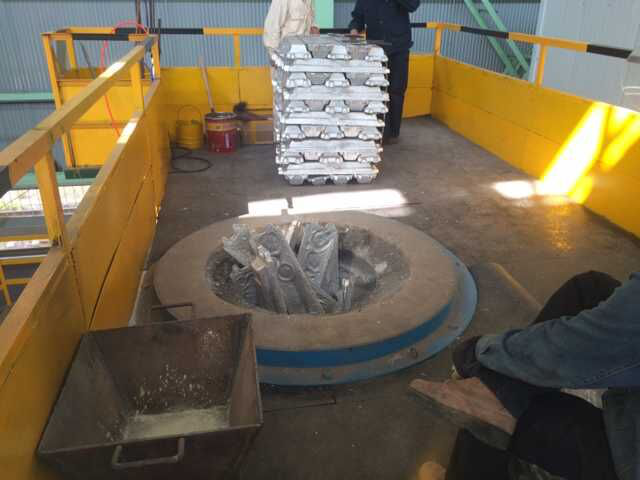
Aluminum melting furnace

Copper melting furnace
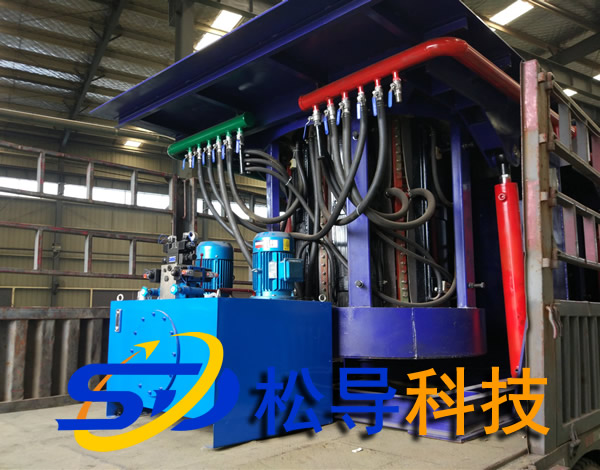
Small steel melting furnace
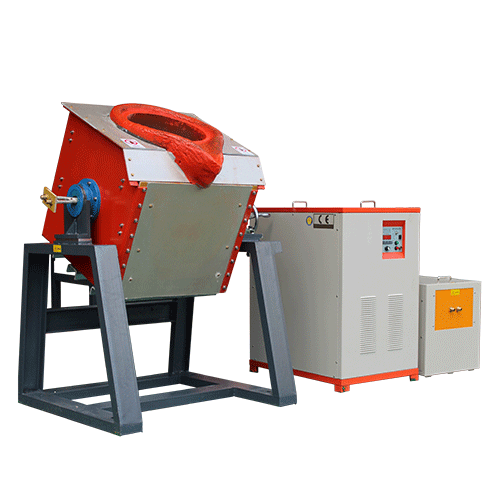
Small induction melting furnace
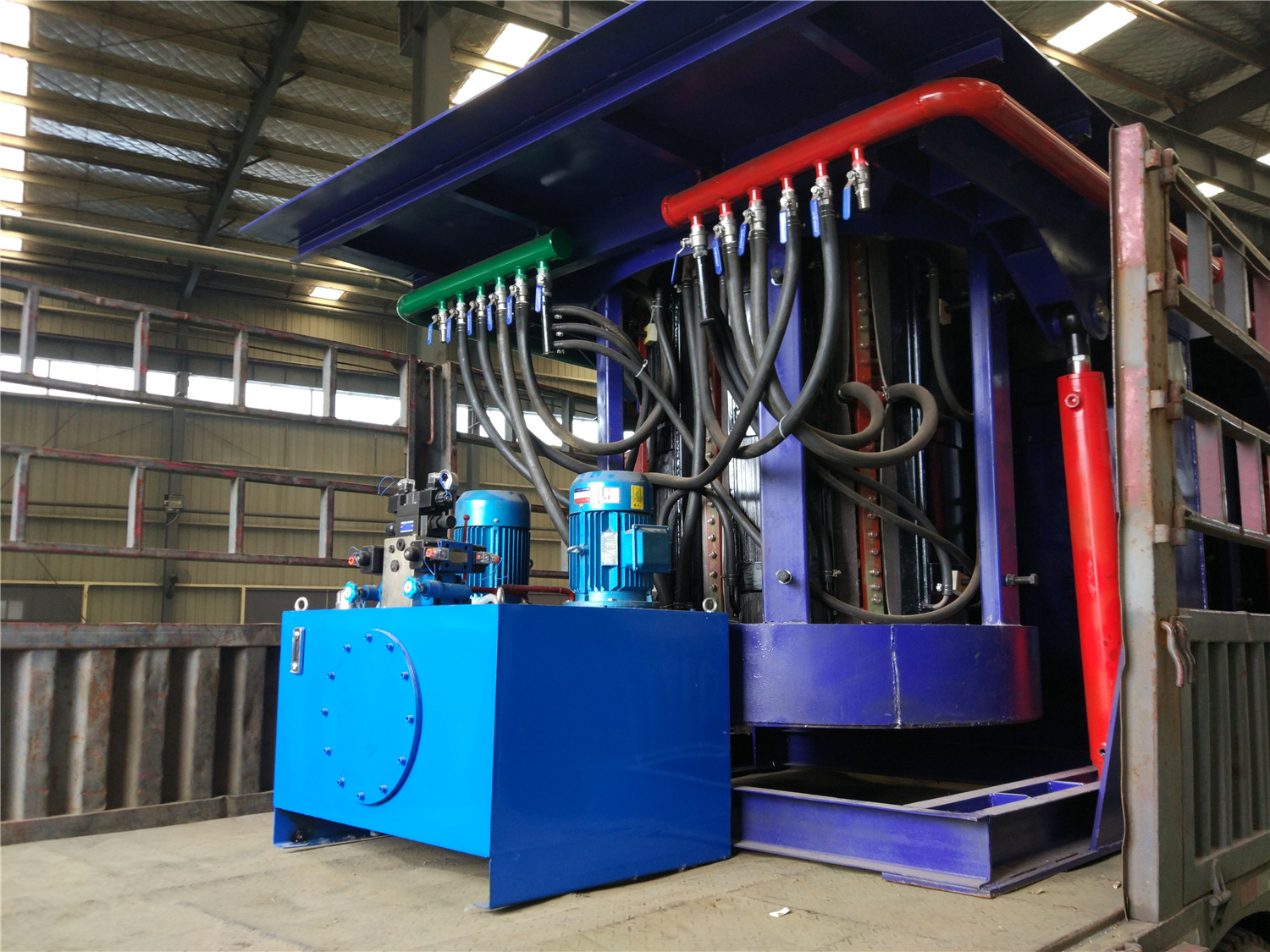
Induction iron furnace
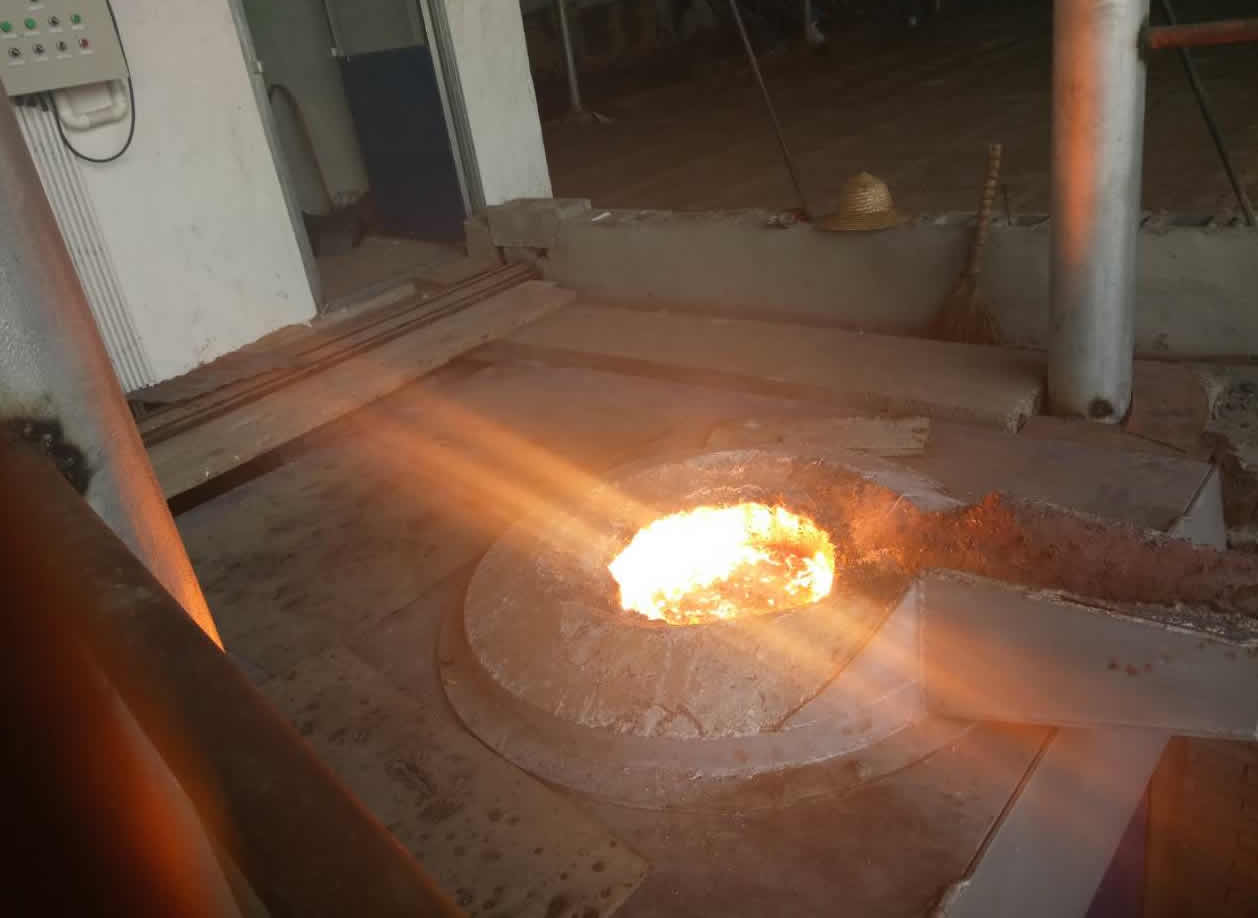
3T intermediate frequency iron melting f
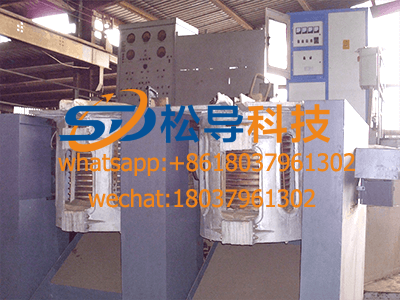
0.25T Intermediate Frequency Furnace
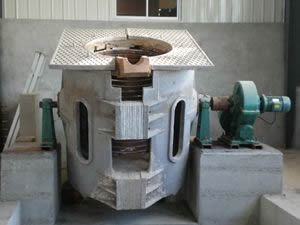
0.5T Intermediate Frequency Furnace
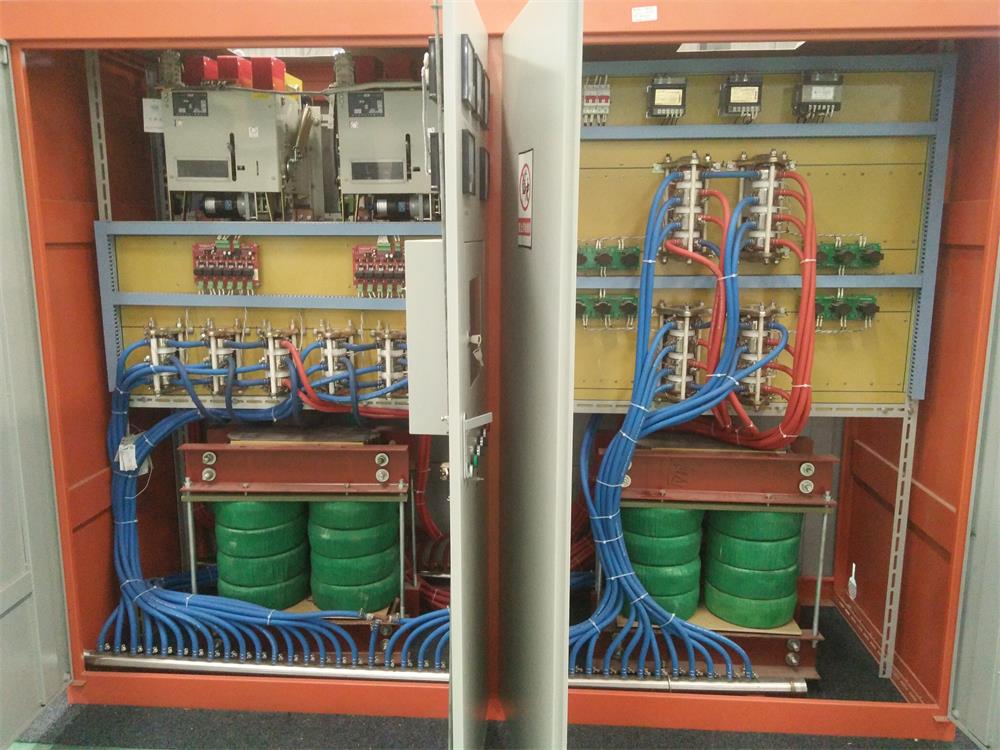
Medium Frequency Furnace

2T Induction Melting Furnace
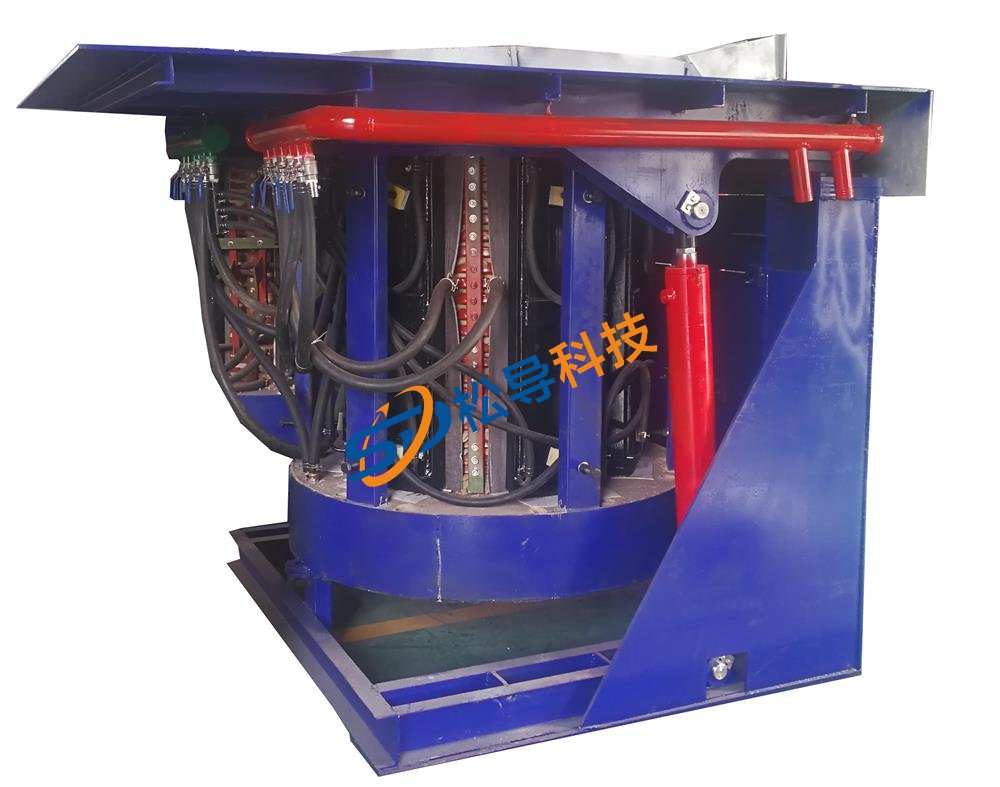
1T Induction Melting Furnace
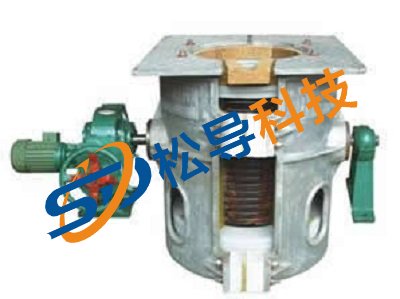
500kg Induction Melting Furnace
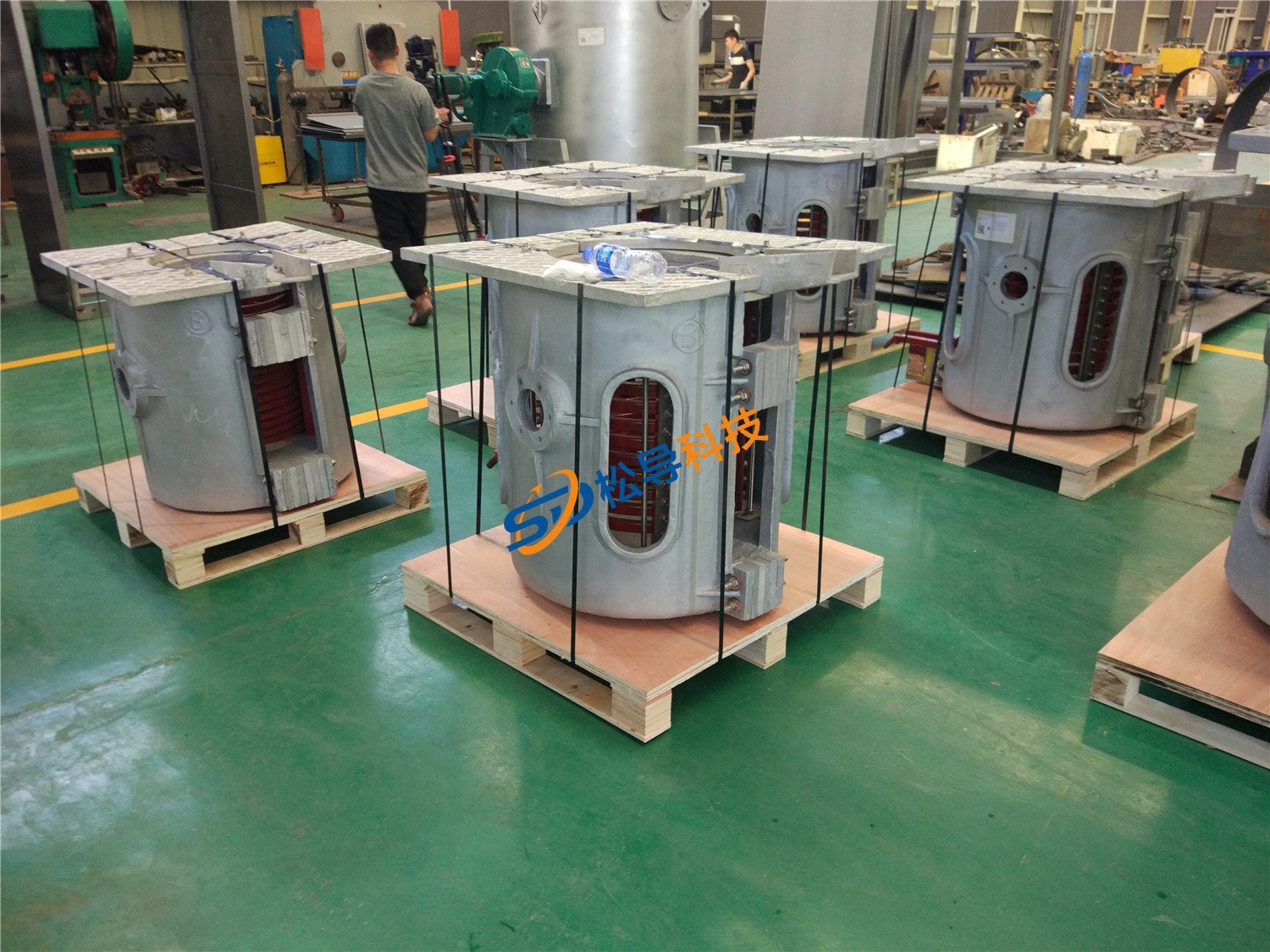
250kg Induction Melting Furnace
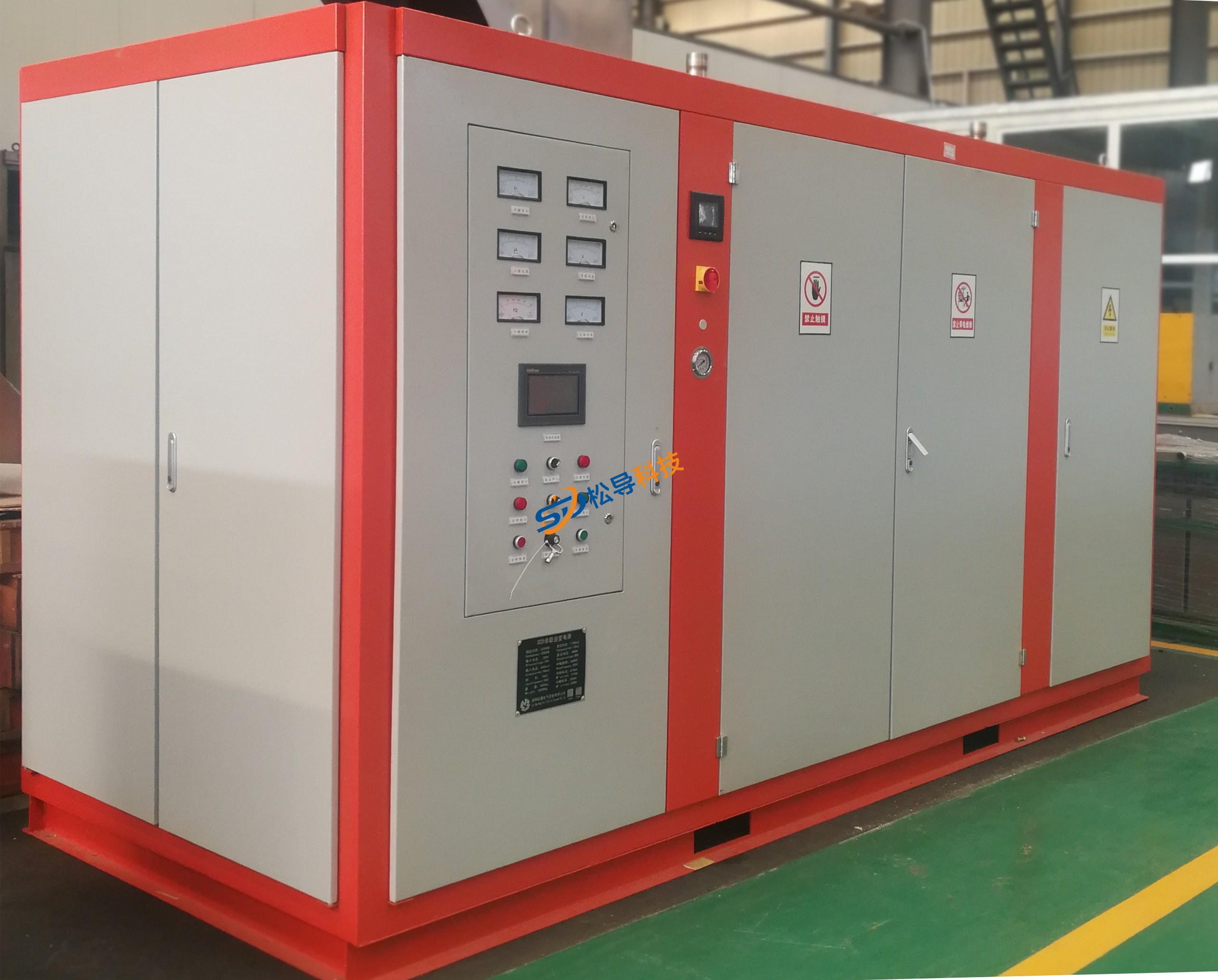
Induction Melting Furnace
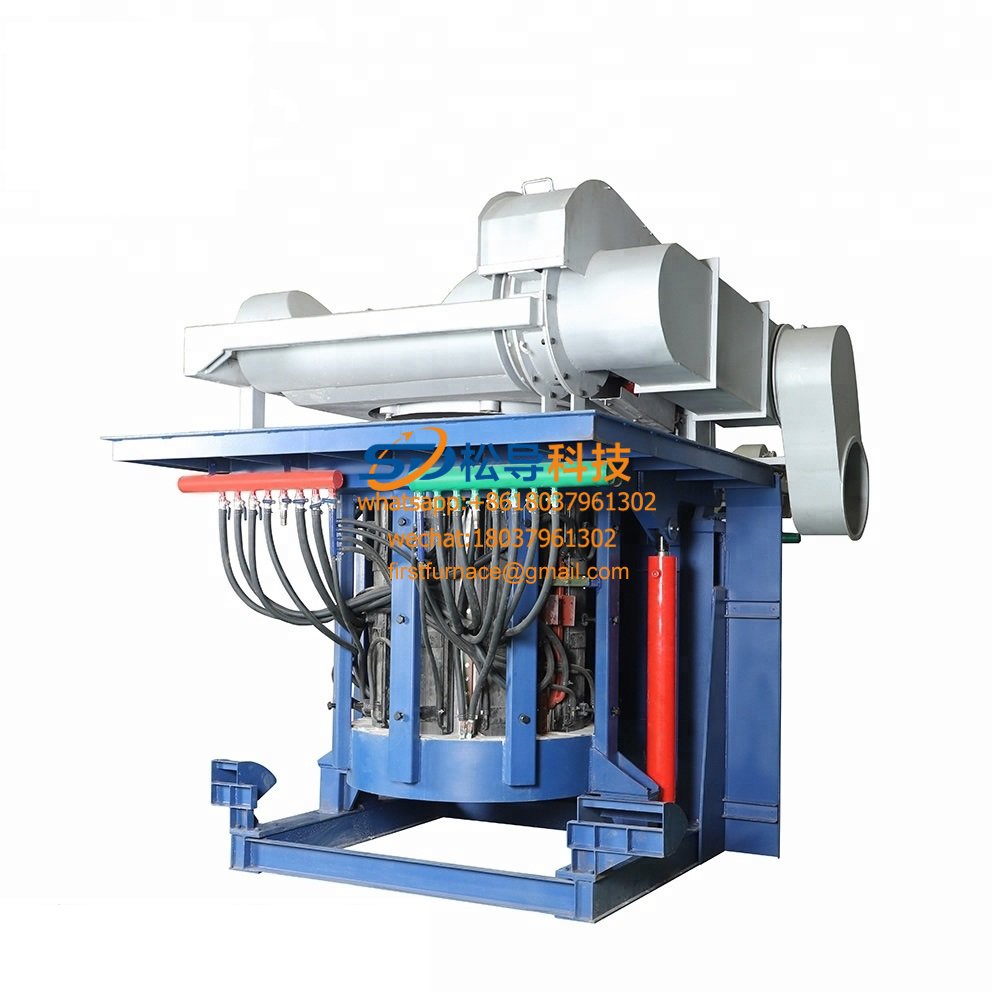
3 T Induction Melting Furnace
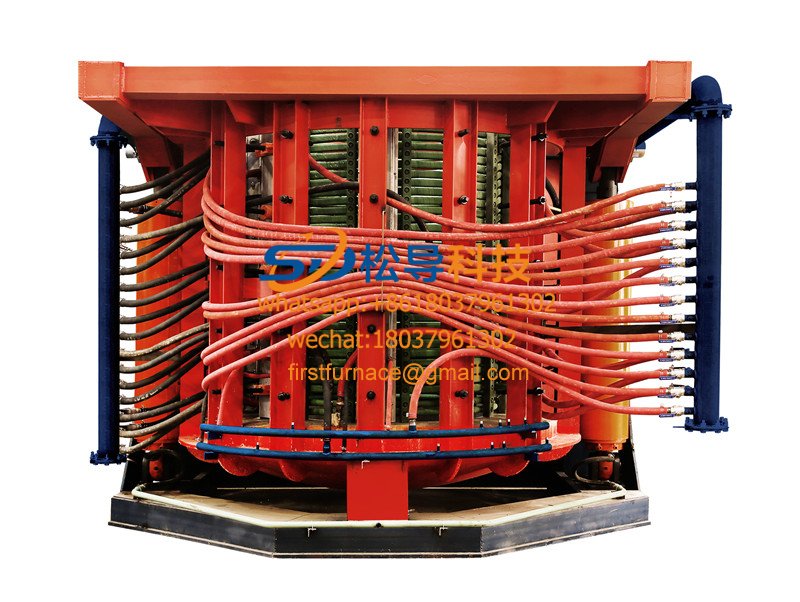
5T Induction Melting Furnace
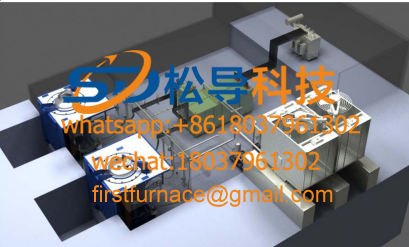
1T One Belt Two Intermediate Frequency F

5T One Belt Two Intermediate Frequency F
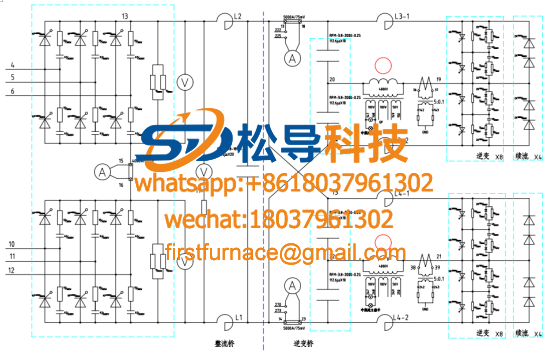
3T One Belt Two Intermediate Frequency F
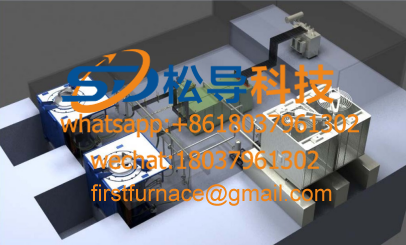
2T One Belt Two Intermediate Frequency F
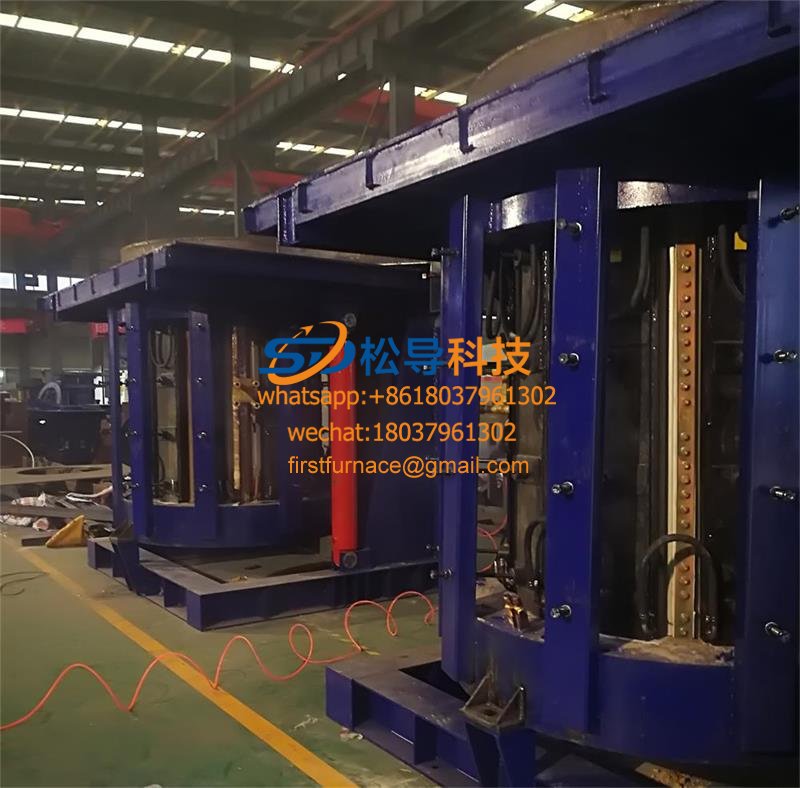
5T Parallel Intermediate Frequency Furna
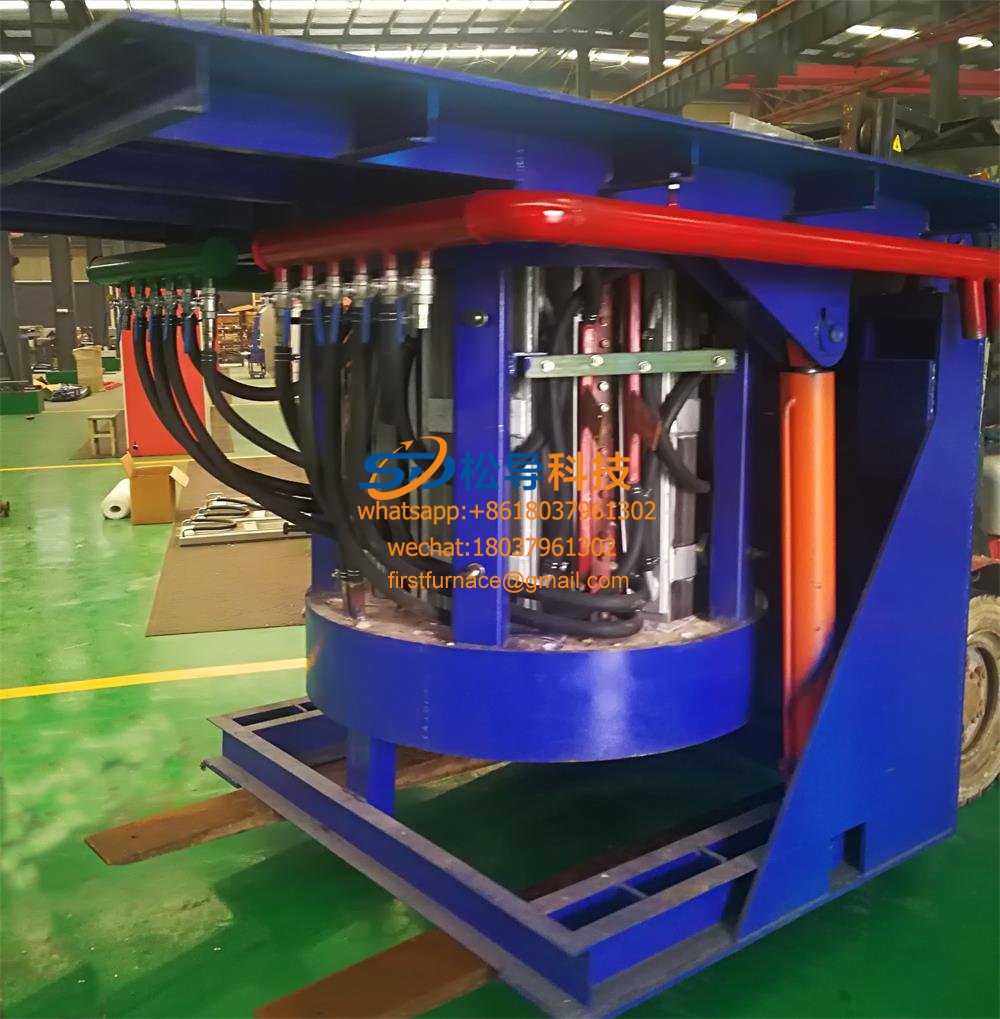
5T Intermediate Frequency Furnace

5T Series Intermediate Frequency Furnace
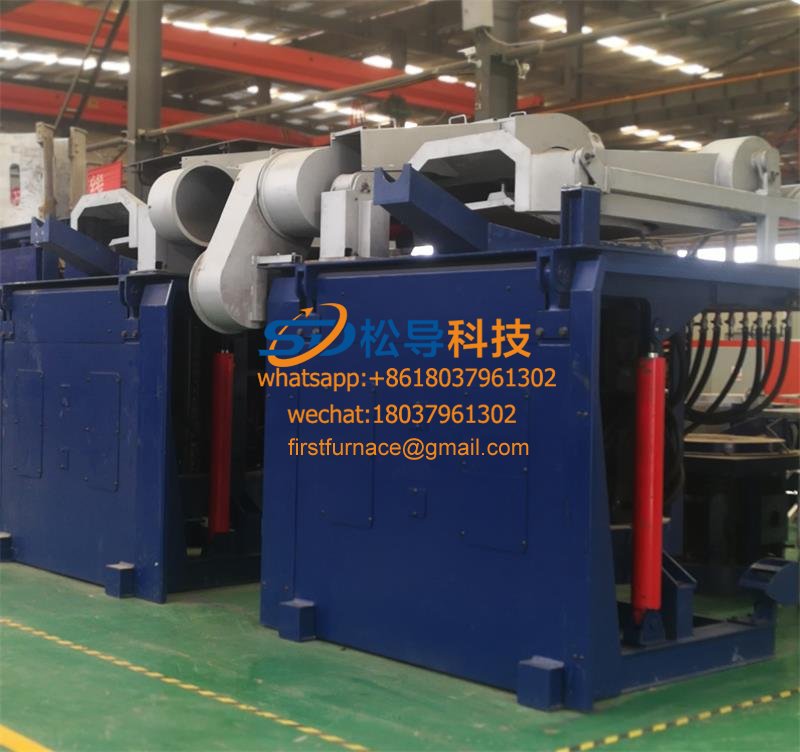
3T Series Intermediate Frequency Furnace
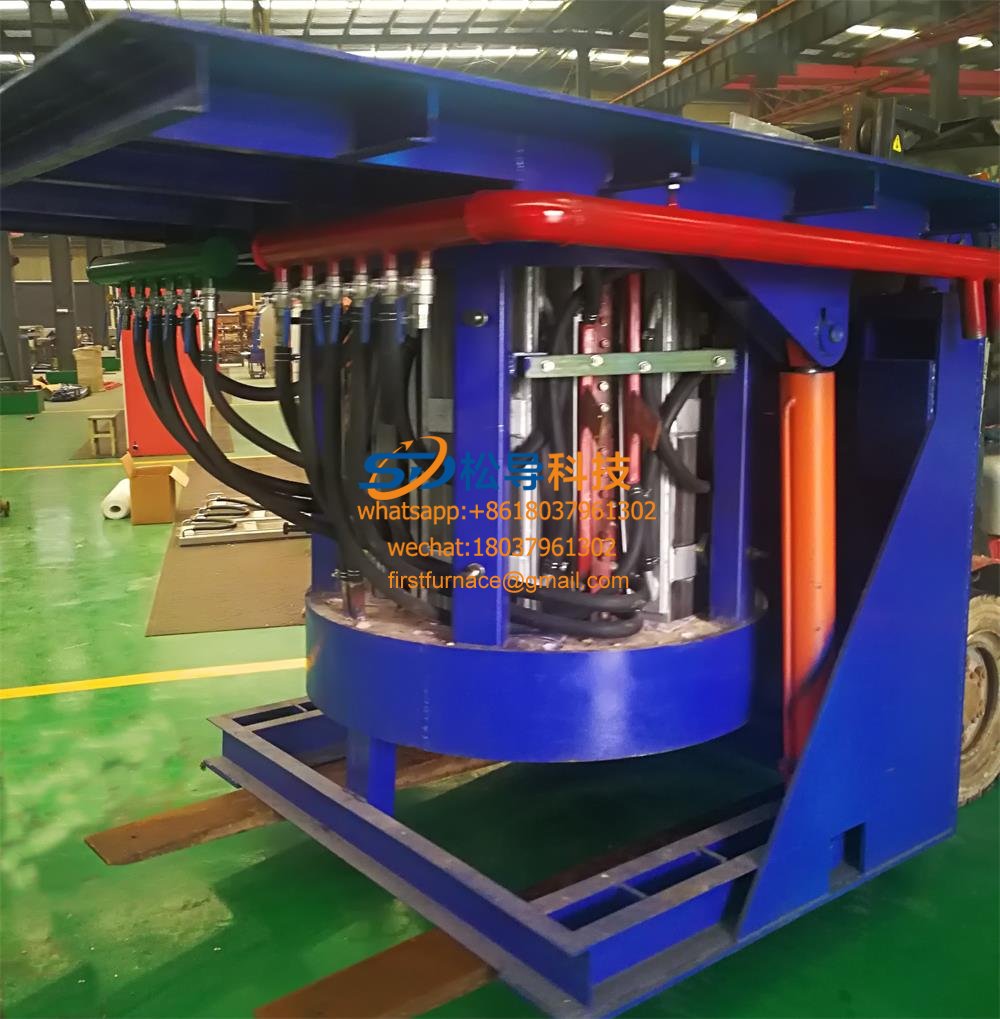
2T Series Intermediate Frequency Furnace
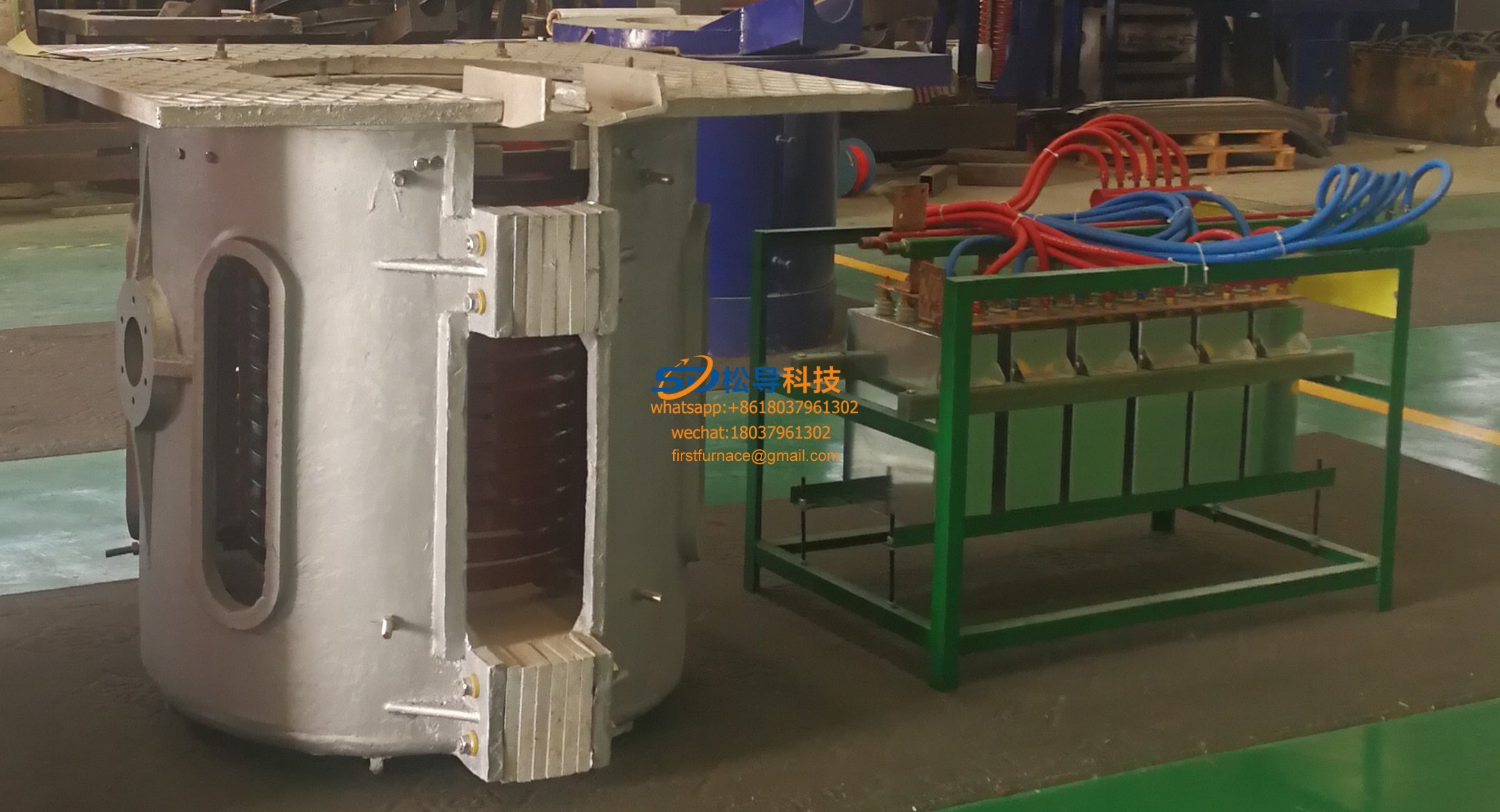
1T Series Intermediate Frequency Furnace
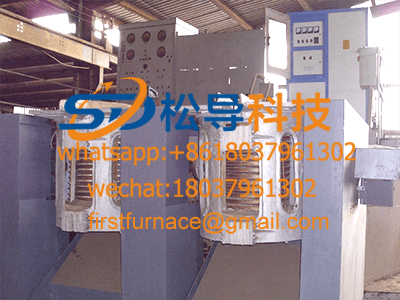
0.5T Series Intermediate Frequency Furna

0.25T Series Intermediate Frequency Furn

1T Parallel Intermediate Frequency Furna
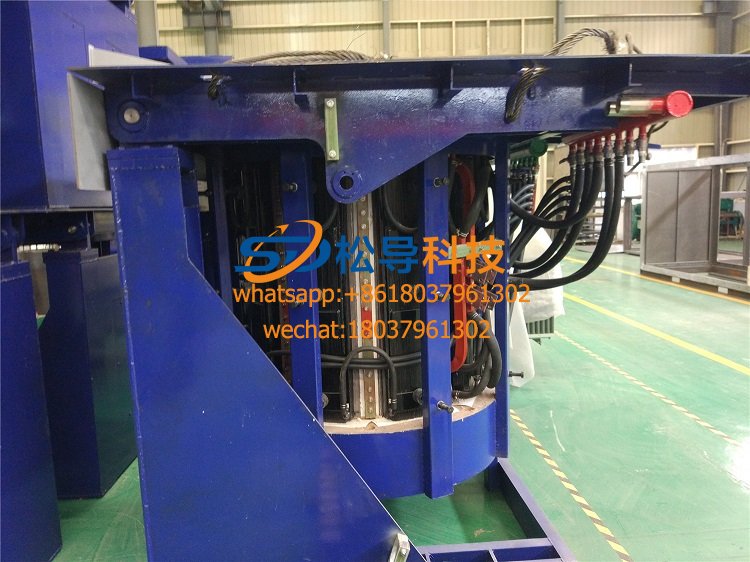
2T Parallel Intermediate Frequency Furna
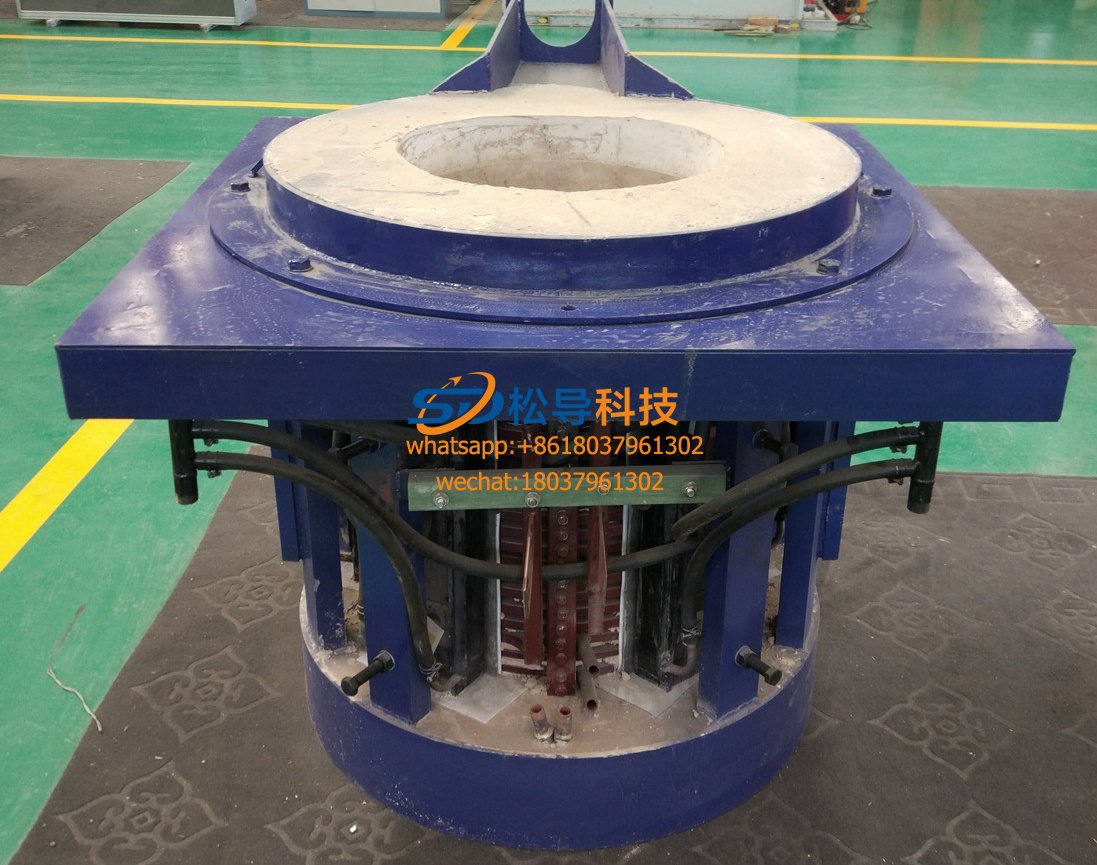
0.5T Parallel Intermediate Frequency Fur






